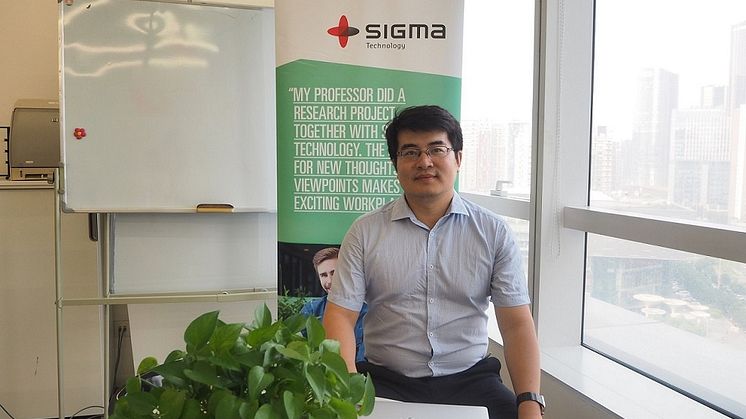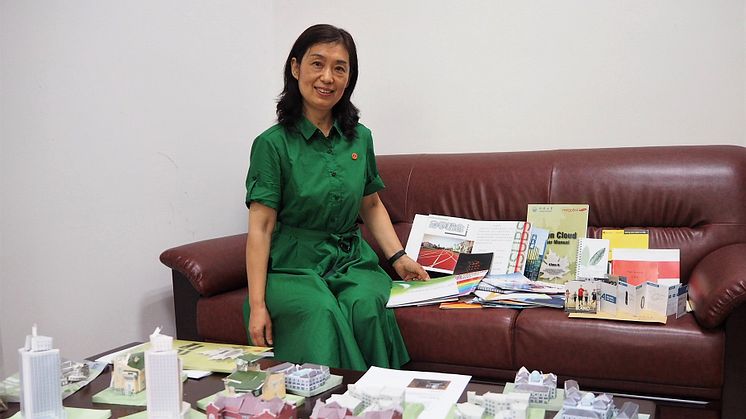
News -
Zhijun Gao, Peking University: There is a Big Need for Technical Communication in China
More and more Chinese companies invest in growing their business internationally. To be competitive on the international market, Chinese businesses need to have professional technical documentation.
Chinese Business Expansion
Increasing labor force costs drive a need for better technical communication. Previously, a company could send for a technician to troubleshoot problems with a product. This solution is becoming less sustainable. Businesses have to find a way to be more efficient. Investment in technical writing services can solve these problems.
Technical Communication Education in China
Even though the need from the business is growing, education in technical communication is still new in China.
The process of approving a full degree program in technical communication with the government could take five to ten years. However, a growing amount of universities have started introducing technical writing modules, primarily aimed at language students. Peking University is one of the frontrunners in the area and has had a technical writing module for several years.
Technical communication modules at Peking University are arranged in close cooperation with businesses. This is the best way for academia to stay up-to-date with the latest trends in the area and provides a chance for businesses to get early access to new talent. Companies such as Siemens, IBM, and Sigma Technology have helped the University in training the students. Sigma Technology’s country manager Nate Zhang has been a lecturer in technical communication for the University since 2011. About 40 students attend the course each year.
Technical communication is still an emerging discipline, so the process of getting investment and support for its development is a challenging process. Finding qualified lecturers in technical communication is hard, and universities often have to hire foreign instructors.
The latter challenge was part of the reason for establishing a dual award Master’s Degree in Technical Communication between Peking University and the University of Twente (Enschede, the Netherlands). Many graduates of this program have now started their PhD research in the Netherlands, while others received employment at Microsoft, Lenovo, and other leading companies operating in China.
Technical Communication Trends in China
Trend 1: User experience becomes an essential part of technical communication. The stereotypical concept of technical communication in the form of printed documentation and manual has already become outdated.
Trend 2: Documentation becomes a tool, transforming from being a passive media to an interactive asset that guides an end-user and prevents possible problems. Intuitive, proactive, and accessible user assistance is the future of technical communication.
Trend 3: Lightweight solutions, such as Markdown a markup language with plain text formatting syntax, become widespread among technical communication professionals. Giants like Alibaba use Markdown, because of its prevalence in the market and the low cost of investment.
Promoting Technical Communication in China
I work actively to promote the area of technical communication both at Peking University and across the country. Every year we run a Computer-Aided Translation and Technology Communication Competition. The contest attracts over 1,500 students from all over China each time. This makes learning more interesting and engaging by giving students the opportunity to work on real-life problems with hiring companies. Last year, students tackled the challenge of designing documentation for Omega-T, an open source translation tool. In 2019, the contest will take place for the eighth time. The past few years, it has gathered at least 10,000 participants and spreads the word about technical writing in China.
Technical communication is an essential part of operations for both international and local enterprises in China, which makes this area attractive for academia and students. This indicates huge opportunities in technical communication.
Zhijun Gao is a lecturer at the Department of Digital Art and Technical Communication, School of Software and Microelectronics, at Peking University, Beijing, China. His interest in technical communication emerged after years of localizing international products for the Chinese market. He felt that technical communication, unlike localization, had more space for creativity and innovation.
For more information about Sigma Technology China, contact china@sigmatechnology.se or visit Sigma Technology China’s page on Weibo.
About Sigma Technology
Sigma Technology is a part of Sigma Group and is a global supplier of product information, embedded solutions, and offshore development. We are experts with a passion for technology and information, and take pride in delivering quality and constantly improving our deliveries. Our philosophy is “Local Drive – Global Strength”, therefore we have offices worldwide to be close to our customers.
Sigma is owned by Danir AB and has about 4,400 employees and a network of partners in 14 countries.
For a complete picture, visit https://sigmatechnology.se/

